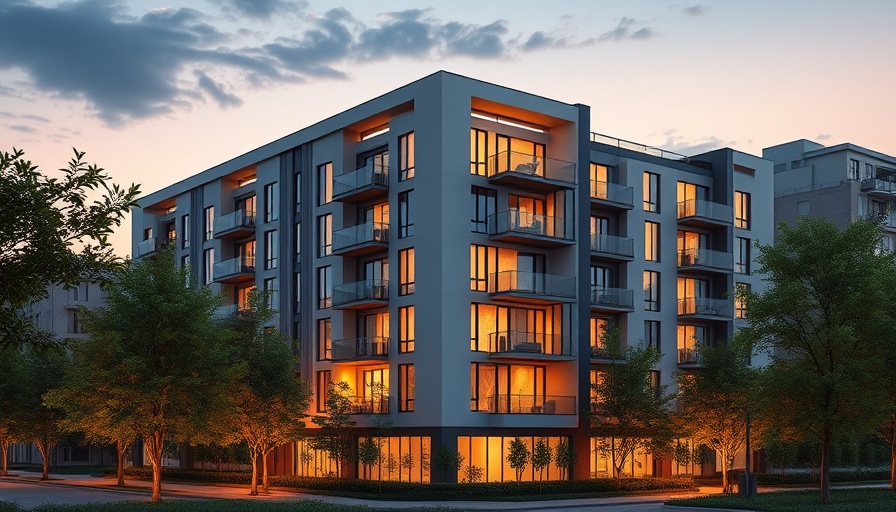
Understanding Your Flood Risk: The First Essential Step
When preparing for the flood season, it’s crucial to first comprehend the specific risks associated with your home. Flooding can happen anywhere, often due to unexpected downpours, snowmelt, or even broken water mains. Homes in designated flood zones are at higher risk, but even those outside these areas can face potential flooding. A good starting point is to consult FEMA’s mapping tools, which detail flood risk in different regions. Awareness of your localized risk empowers you to take actionable steps to protect your home effectively.
Inspect and Fortify Your Home Against Flooding
Addressing vulnerabilities in your home is key to flood preparation. Thoroughly inspect your property, focusing on the roof, gutters, and foundation. Repair any damaged areas, ensuring downspouts channel water away from your home. The importance of a functional sump pump cannot be overstated; this device can be your first line of defense. Regular testing and maintenance, including battery backup systems, can make a significant difference during a storm. By elevating electrical components and securing fuel tanks, homeowners can further protect their valuables.
Creating an Emergency Response Plan
Preparation can't stop at just the physical inspection. An emergency plan is essential. Families should develop a go-bag with important documents, medications, and supplies for an evacuation scenario. Educate younger family members about flood risks, evacuation routes, and safety protocols. Practice evacuation drills to ensure that everyone knows their roles when emergencies arise. Such preparedness is not just about logistics but can significantly enhance your family’s confidence in facing a potential disaster.
The Critical Need for Flood Insurance
Many homeowners assume that their regular insurance policies cover flood-related damages, but this is often not the case. The differences in flood insurance policies can be confusing, making it imperative to consult an insurance advisor to find the best protection for your specific situation. Understanding the limitations of your coverage options can prevent costly surprises after a disaster strikes. Flood insurance can be your safety net, ensuring financial support during the rebuilding process.
Prepare Your Community
Your efforts shouldn’t just be limited to your property; consider the communal aspects of flood preparedness. Engaging neighbors in conversation about flood risks can foster a stronger support network. Share resources about local emergency alerts and flood guides, such as those provided by the Red Cross and other agencies. A community that prepares together can respond more effectively during crises. Your involvement could be central to developing a community-level emergency response plan.
Flooding is an increasing reality for more Americans each year, yet adequate preparedness can mitigate its disastrous impacts. By understanding local risks, inspecting your home, creating family plans, and securing flood insurance, you enhance your safety and that of your loved ones. Preparedness is not just an individual effort; collaborating with your neighbors can additionally create a fortified community against flooding.
 Add Row
Add Row  Add
Add 




Write A Comment